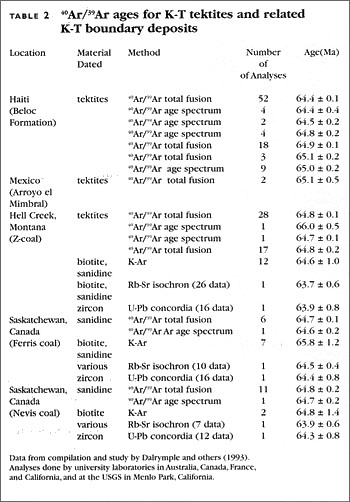Assumption 3: Constant Decay Rate
Physicists have carefully measured the radioactive decay rates of parent radioisotopes in laboratories over the last 100 or so years and have found them to be essentially constant (within the measurement error margins). Furthermore, they have not been able to significantly change these decay rates by heat, pressure, or electrical and magnetic fields. So geologists have assumed these radioactive decay rates have been constant for billions of years.
However, this is an enormous extrapolation of seven orders of magnitude back through immense spans of unobserved time without any concrete proof that such an extrapolation is credible. Nevertheless, geologists insist the radioactive decay rates have always been constant, because it makes these radioactive clocks “work”!
New evidence, however, has recently been discovered that can only be explained by the radioactive decay rates
not having been constant in the past.
9 For example, the radioactive decay of uranium in tiny crystals in a New Mexico granite (
Figure 5) yields a uranium-lead “age” of 1.5 billion years. Yet the same uranium decay also produced
abundant helium, but only
6,000 years worth of that helium was found to have leaked out of the tiny crystals.
This means that the uranium must have decayed very rapidly over the same 6,000 years that the helium was leaking. The rate of uranium decay must have been at least 250,000 times faster than today’s measured rate! For more details see Don DeYoung’s
Thousands . . . Not Billions (Master Books, Green Forest, Arkansas, 2005), pages 65–78.
If these clocks are based on faulty assumptions and yield unreliable results, then scientists should not trust or promote the claimed radioactive “ages.”
The assumptions on which the radioactive dating is based are not only unprovable but plagued with problems. As this article has illustrated, rocks may have inherited parent and daughter isotopes from their sources, or they may have been contaminated when they moved through other rocks to their current locations. Or inflowing water may have mixed isotopes into the rocks. In addition, the radioactive decay rates have not been constant.
So if these clocks are based on faulty assumptions and yield unreliable results, then scientists should not trust or promote the claimed radioactive “ages” of countless millions of years, especially since they contradict the true history of the universe as recorded in God’s Word


